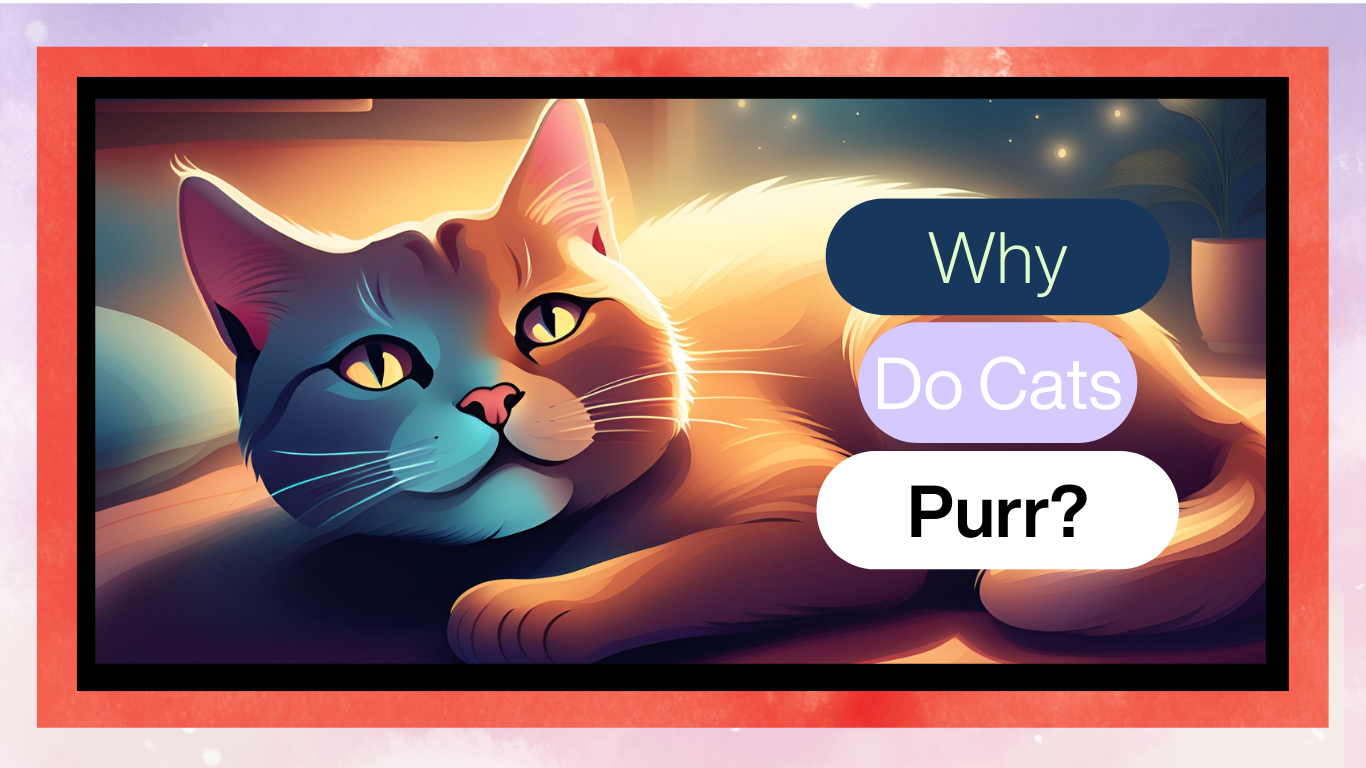It is important to note that one of the most relaxing noises that a pet owner can hear is a cat purring. This sound is usually associated with happiness, but this humming is much more than a sound wave. Science has, for a long time, captivated the attention of scientists, veterinarians, and cat lovers on why felines make this sound. This article does not only tell you how cats purr but also the science behind it, the meaning, and even the role of purring from an evolutionary point of view.
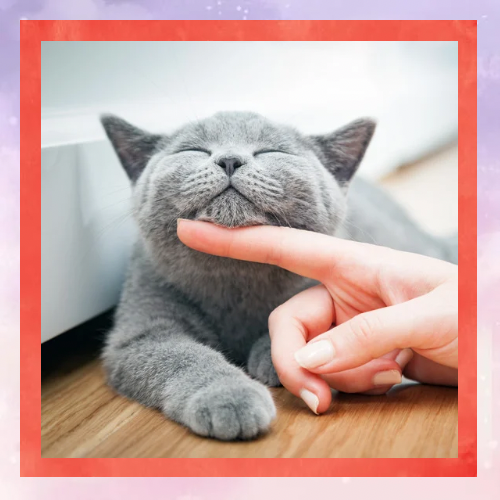
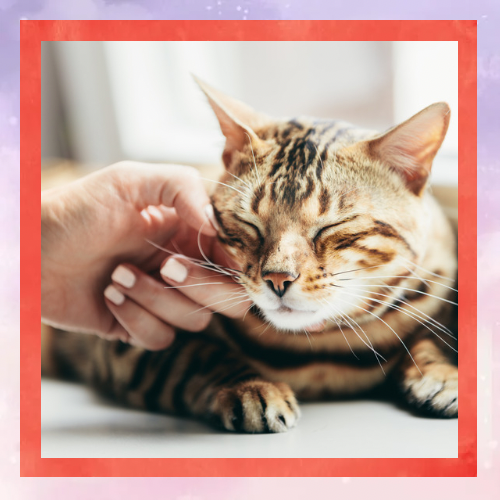
How Cats Purr
Purring is initiated by the Laryngeal muscles that are situated around the voice production organ, or the larynx. These muscles work in a way that they contract and relax at a constant pace and this is usually at a rate of between 25-150 vibrations per second. This process together with the movement of the diaphragm during breathing results in a hum.
However, it should be noted that domestic cats are not the only predators that produce purring sounds. This list includes cheetahs and bobcats, with big cats such as lions and tigers cannot purr but they roar due to different structures in their voice box.
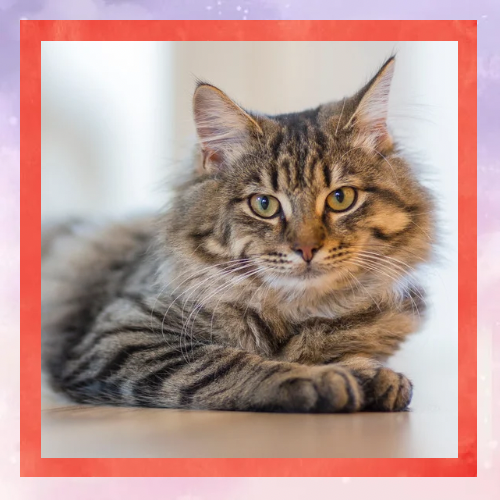
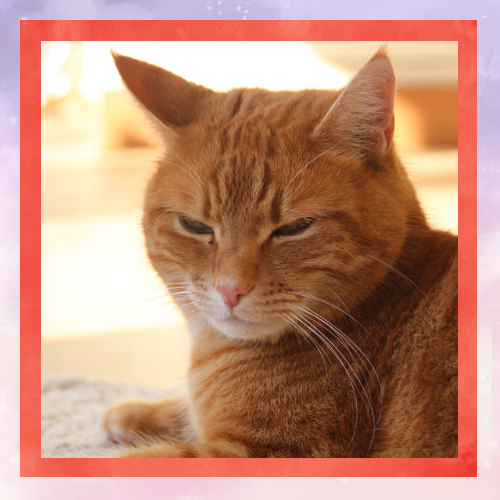
Emotional Benefits of Purring
Another way that cats use purring is for joy. Maybe this is the reason why when a cat wanders to your lap, scratches you with its claws and purrs at the same time, the cat is happy and feels safe. This action has been said to be similar to the action of a kitten suckling from its mother where purring is a way of satisfying and being comfortable.
Pet cats also purr to interact with their owners. A hungry cat may also produce a purr but this will be of higher pitch or the purr will include other frequencies to get attention. This type of ‘solicitation purring’ is particularly well suited to eliciting the caretaker’s response, because it resembles the sound of a baby crying.
The Healing Benefits of Purring
Purring serves a remarkable biological function. Studies suggest that the vibrations produced during purring may help cats heal from injuries and maintain physical well-being. These vibrations occur at frequencies known to promote tissue regeneration, relieve pain, and improve bone density.
This self-healing mechanism is also thought to be quite useful for those cats that have to stay inactive most of the time. This is because purring is a way through which the cat can exercise its muscles and bones without having to burn a lot of energy which would be important especially in times of recovery or when the cat has to lay down for long periods.
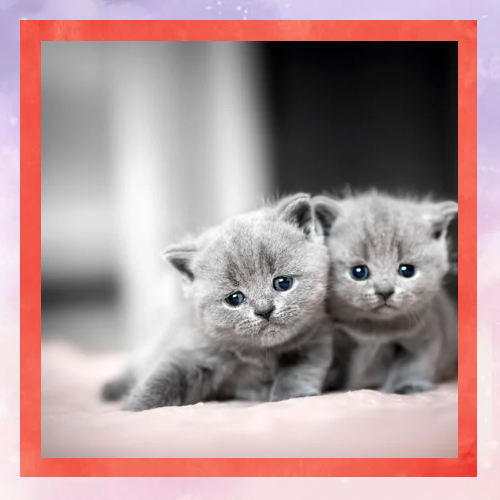
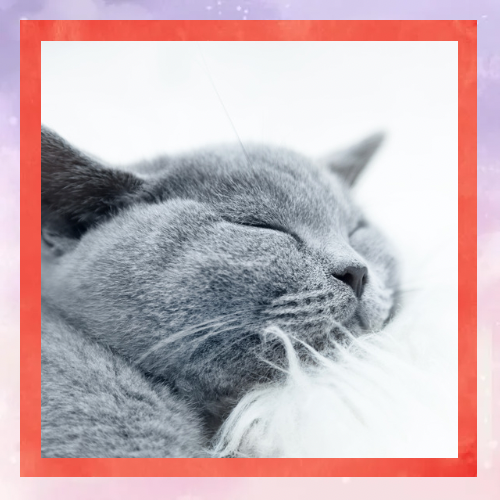
Purring in Stressful Situations
However, cats purr not only when they are in a good mood but also when they are stressed, scared, or in pain. For instance, a cat may purr at the time of taking to the veterinarian or after having an injury. This behavior is assumed to be a way of dealing with the stressor, which may also be useful in the healing process.
Purring in these situations is sometimes misinterpret by owners as meaning something positive. Still, it is always important to look for other clues of discomfort such as seeking solitude, being snappy, or changes in eating habits.
Interesting Facts About Cat Purring
• Kittens start purring early: Cats begin purring when they are just a few days old. This allows them to communicate with their mothers and siblings even before their eyes are open.
• Not all cats purr in the same way: Every cat has a unique purring pattern. Some are louder, while others may purr so softly that you can only feel the vibrations.
•Wild cats and purring: While lions and tigers roar, species like cheetahs, ocelots, and servals are known to purr.
• Humans may benefit too: The soothing sound of a purring cat can help lower stress levels and blood pressure in humans.
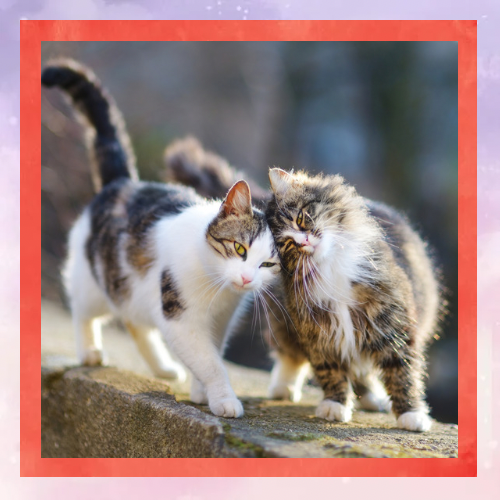
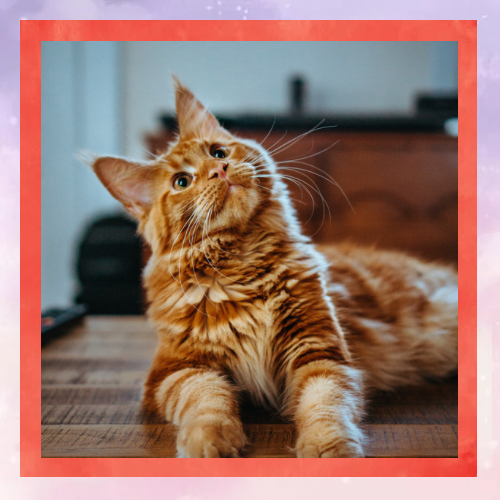
Unique Characteristics of Cat Purring
The “Purr-Sleep Cycle”: This is the reason why cats purr when they are about to sleep and it may assist the cat in relaxation as well as entering the sleep mode.
Communication Across Species: It is used with the purpose of establishing the connections with other creatures, including people and, possibly, other creatures.
Purring as a Sign of Trust: This is because when a cat purrs when being held or scratched, it means that the cat has a very good relationship with the owner.
Why Purring Matters
Purring is a multifaceted behavior that combines communication, self-healing, and emotional expression. While it may seem like a simple sound, it reveals a great deal about a cat’s physical and emotional state. By paying attention to the context of purring, owners can better understand their feline companions and provide the care they need.
This exploration highlights the complexity of cat behavior, offering insights that strengthen the bond between humans and their feline companions. Understanding purring not only deepens appreciation for cats but also enhances our ability to care for them effectively.
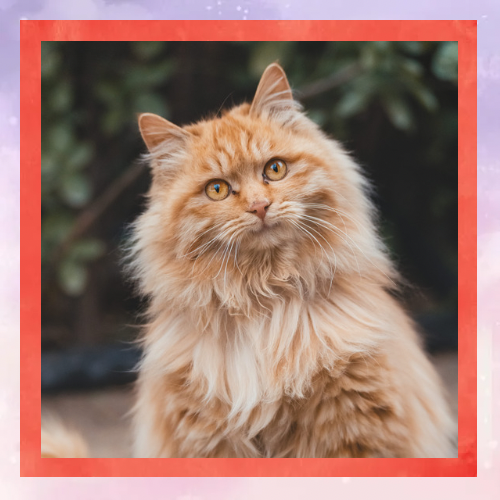
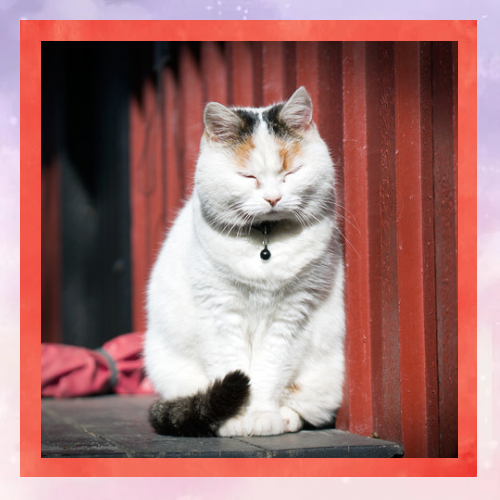
References
1. “Vocalizing in the House-Cat; A Phonetic and Functional Study.” The American Journal of Psychology. https://psycnet.apa.org/record/1945-01466-001
2. “The Biological Basis of Cat Behavior.” Veterinary Clinics of North America: Small Animal Practice. https://pubmed.ncbi.nlm.nih.gov/3050629/
3. The fascinating science behind a cats purr. https://elgatovet.com/blog/the-fascinating-science-behind-a-cats-purr/
4. The Domestic Cat: The Biology of Its Behavior. https://assets.cambridge.org/97811070/25028/frontmatter/9781107025028_frontmatter.pdf


